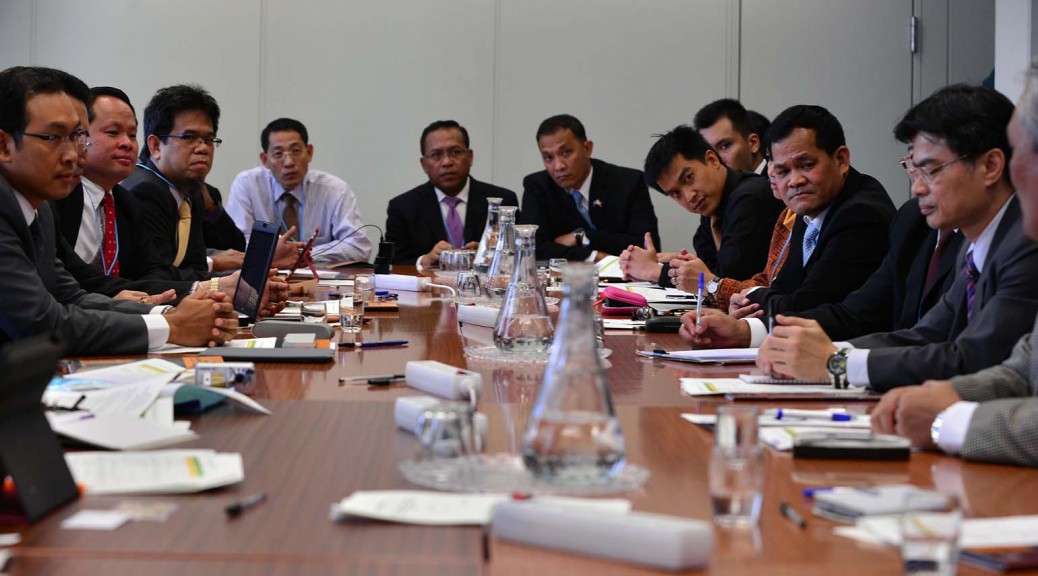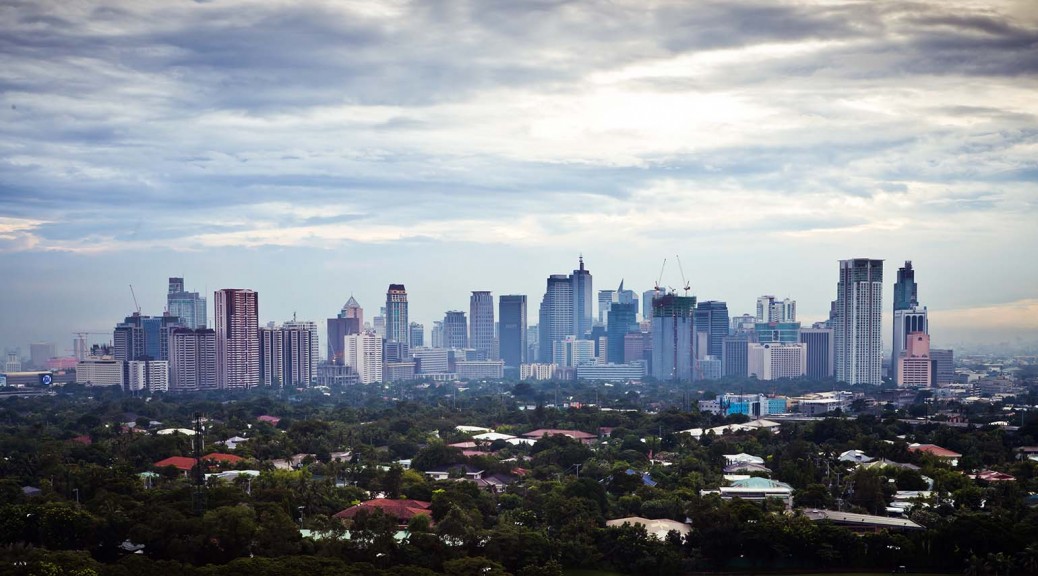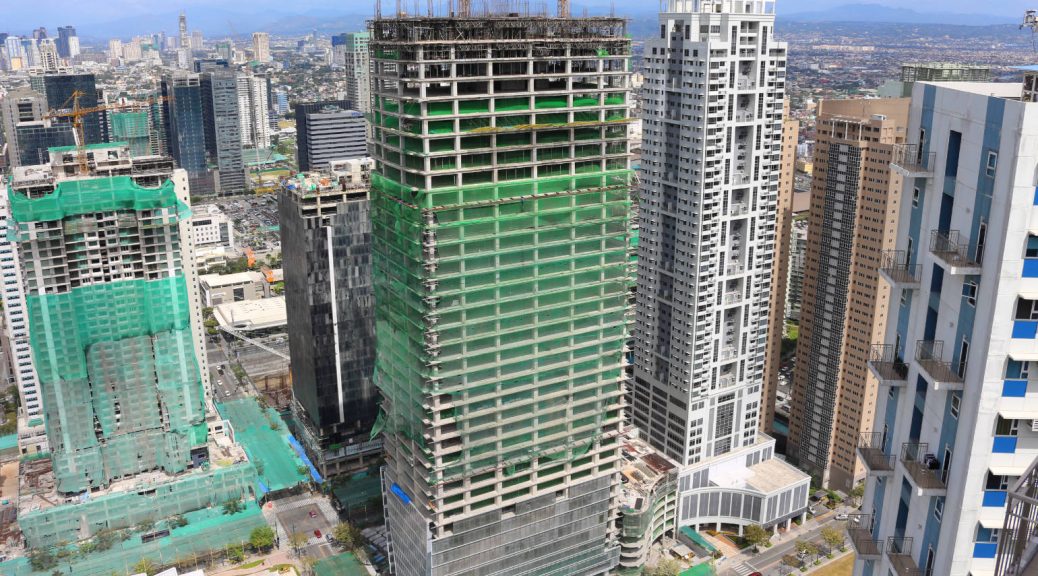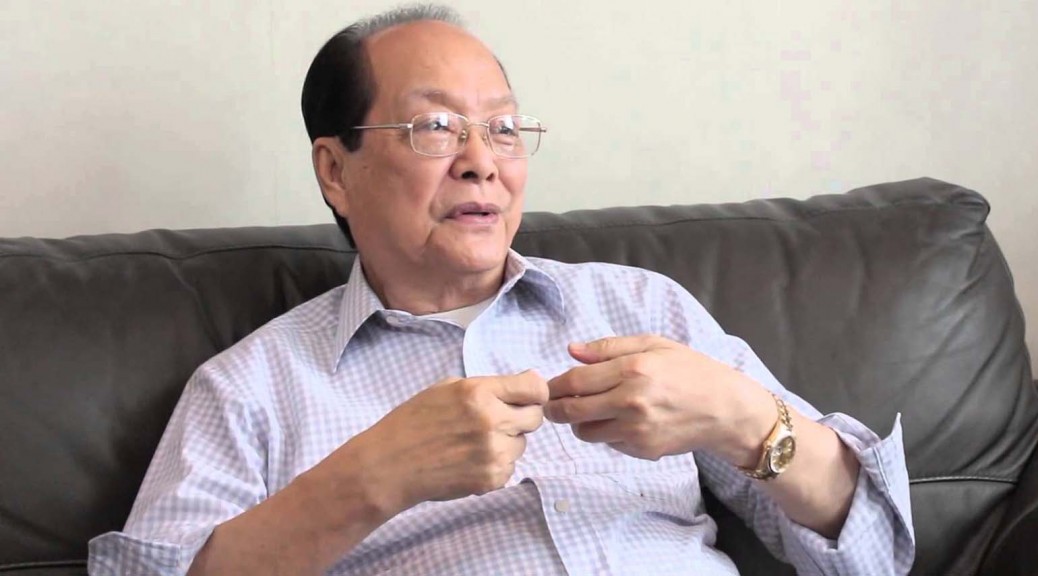
The ASEAN Integration and its Impact to the Philippine Real Estate Industry
Set to happen in 2015, 11 member-states of the Association of the South East Asian Nations (ASEAN) will gather to form The ASEAN Economic Community (AEC). The AEC is an ASEAN initiative that will create a single market where goods, capital and skilled labor will be allowed to move freely across borders within the participating 11 ASEAN countries, which are the following:
- Brunei Darussalam
- Cambodia
- Indonesia
- Lao PDR
- Malaysia
- Myanmar
- Philippines
- Singapore
- Thailand
- Viet Nam
- Timor-Leste
The AEC is a response to Southeast Asia’s increasing role in the global economy that continues to attract foreign investors, and with the upcoming developments, good things are coming our way.
Many experts believe that this regional collaboration of ASEAN countries will spur demand for Philippine real estate properties, which translates to more jobs and business opportunities for Filipinos.
For professionals and businesses that are in the local real estate sector, the integration would require more commercial and residential infrastructures for highly-urbanized cities within the region, including key cities of the Philippines.
In an interview with Rappler, Noel Cariño, president of Chamber of Real Estate and Builders Association (CREBA) said that “The demand for residential spaces adjacent to malls, retail complexes, and other recreational spaces would go up and will likely increase the already healthy real estate market.”
However, to maximize this opportunity, and for the real estate sector to achieve immense growth upon the implementation of developments brought about by The AEC, there will be requirements that the Philippines needs to fulfill.
Below are the 5 key changes to expect from the ASEAN integration:
-
Stronger demand for real estate properties
Following AEC’s vision to build a single market that will give way to a freer flow of capital across borders and faster movement of goods, services, and skilled labor, businesses based abroad are anticipated to set up headquarters in the country for expansion, thus the need for more office, industrial, and residential space to accommodate these businesses.
-
Elimination of tariffs
A wealthier Southeast Asia also means that there will be an elimination of tariffs on goods and services. In relation to this, a higher disposable income is foreseen and this will equip consumers with more money to spend. So, the need for more commercial spaces such as malls, retail complexes, and shopping establishments is expected to grow.
-
The rise of new business sites
To accommodate future demands in operations facilities, new growth areas in Metro Manila and Cebu would be maximized, as well as the need to speed up developments of potential growth areas that include Iloilo, Cagayan de Oro, General Santos City, and Angeles City and San Fernando that are both located in Pampanga.
-
The growing demand for more and better infrastructures
The apparent need for more business spaces will bolster the construction industry. Construction companies will race to deliver better offices, retail complexes, and residential areas to support the booming economy.
-
Lifting the prohibition on foreigners from owning real estate
Due to the expected influx of foreign investment, there will be a need for the government to amend the Constitution’s prohibition on non-Filipinos with regards to land ownership. By eliminating the prohibition, the real estate sector will reach new heights.
Once dubbed as Asia’s sick man, the Philippines’ efforts to improve good governance has brought economic benefits, and as the country continues to gain momentum, bright opportunities are certainly ahead of us.
For more information about the ASEAN Economic Community, see the blueprint here.
Feature image credit: IAEA Imagebank














